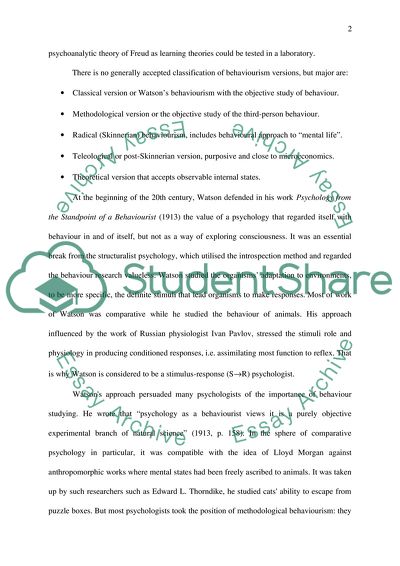Cite this document
(“Behaviourist approach in Psychology Essay Example | Topics and Well Written Essays - 2000 words”, n.d.)
Behaviourist approach in Psychology Essay Example | Topics and Well Written Essays - 2000 words. Retrieved from https://studentshare.org/psychology/1535796-behaviourist-approach-in-psychology
Behaviourist approach in Psychology Essay Example | Topics and Well Written Essays - 2000 words. Retrieved from https://studentshare.org/psychology/1535796-behaviourist-approach-in-psychology
(Behaviourist Approach in Psychology Essay Example | Topics and Well Written Essays - 2000 Words)
Behaviourist Approach in Psychology Essay Example | Topics and Well Written Essays - 2000 Words. https://studentshare.org/psychology/1535796-behaviourist-approach-in-psychology.
Behaviourist Approach in Psychology Essay Example | Topics and Well Written Essays - 2000 Words. https://studentshare.org/psychology/1535796-behaviourist-approach-in-psychology.
“Behaviourist Approach in Psychology Essay Example | Topics and Well Written Essays - 2000 Words”, n.d. https://studentshare.org/psychology/1535796-behaviourist-approach-in-psychology.


